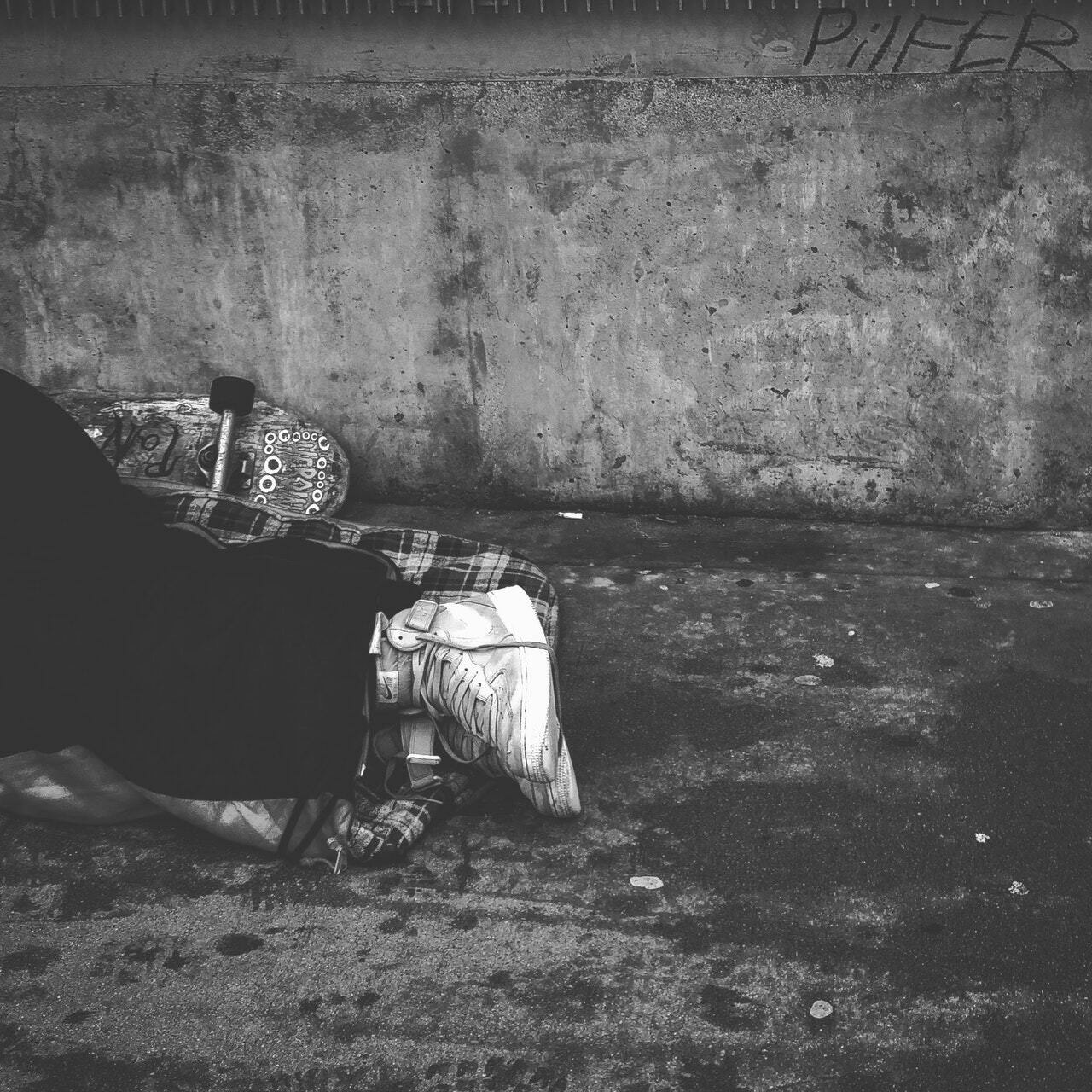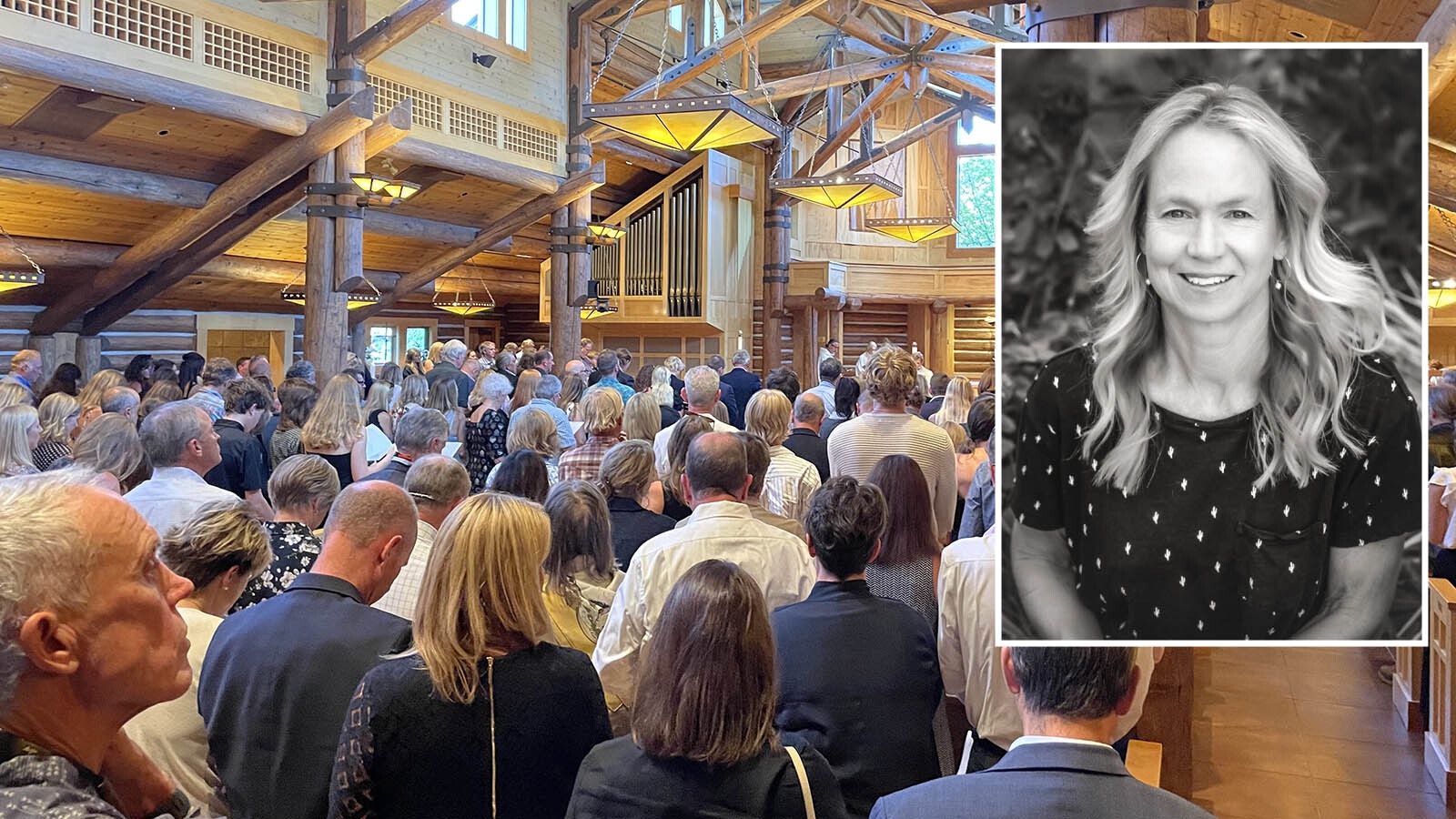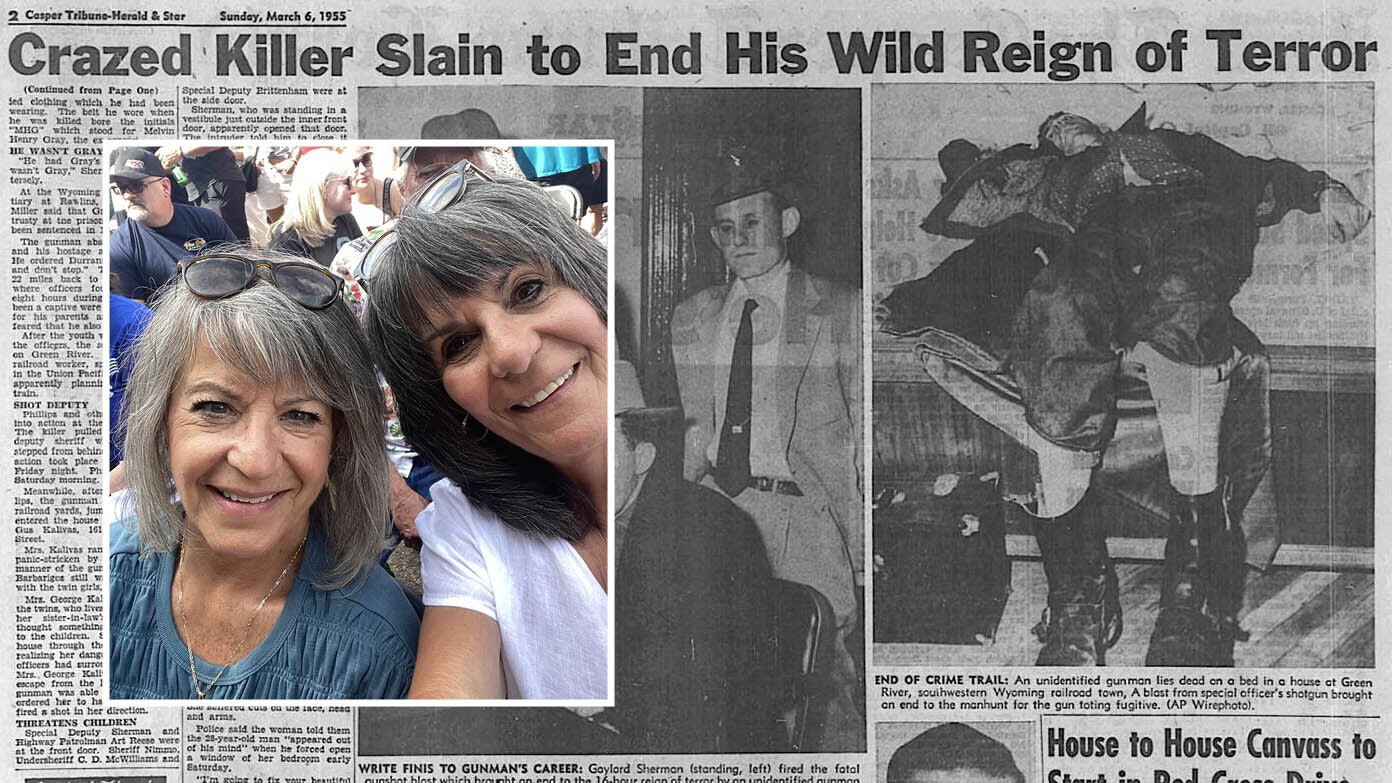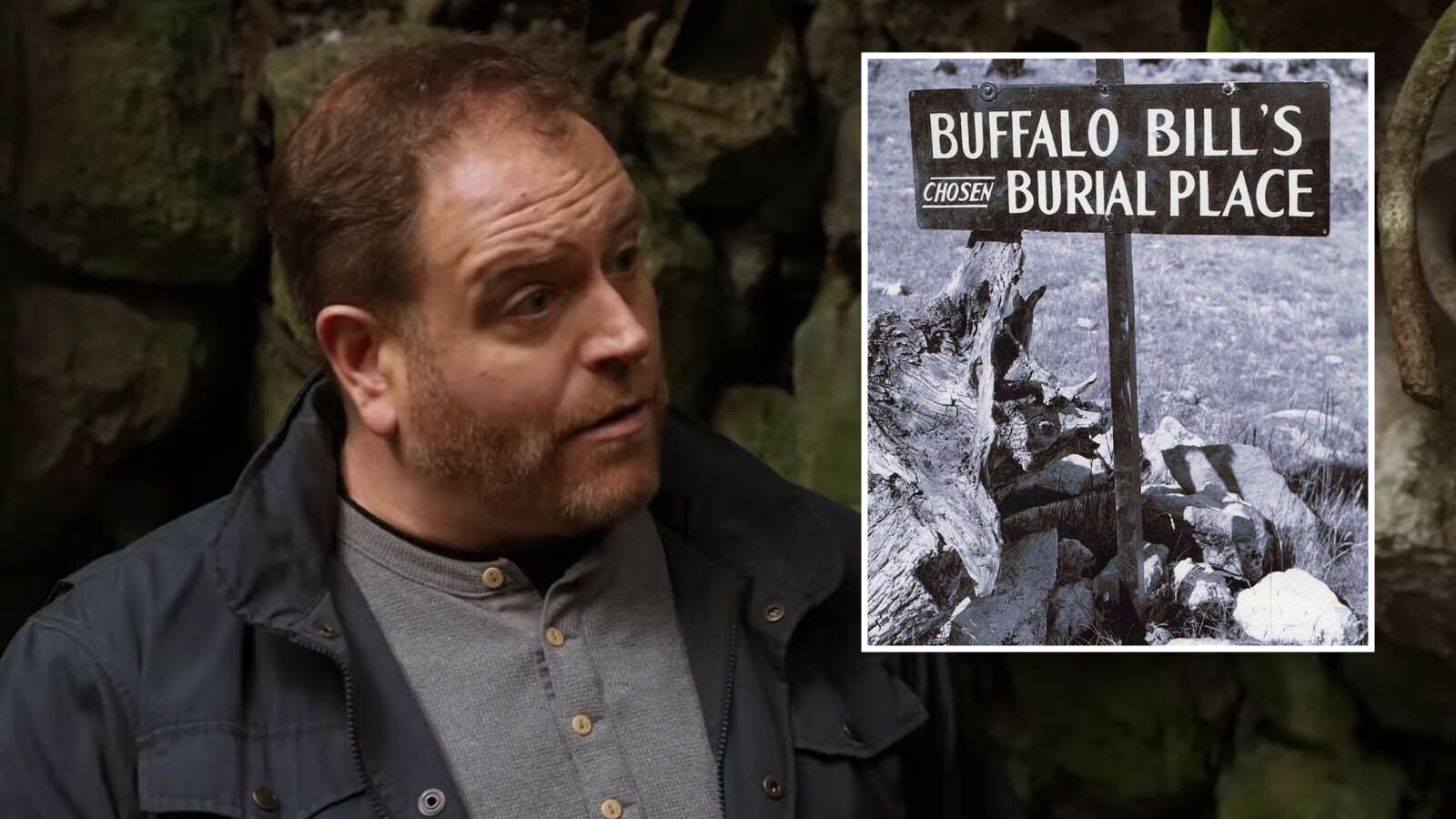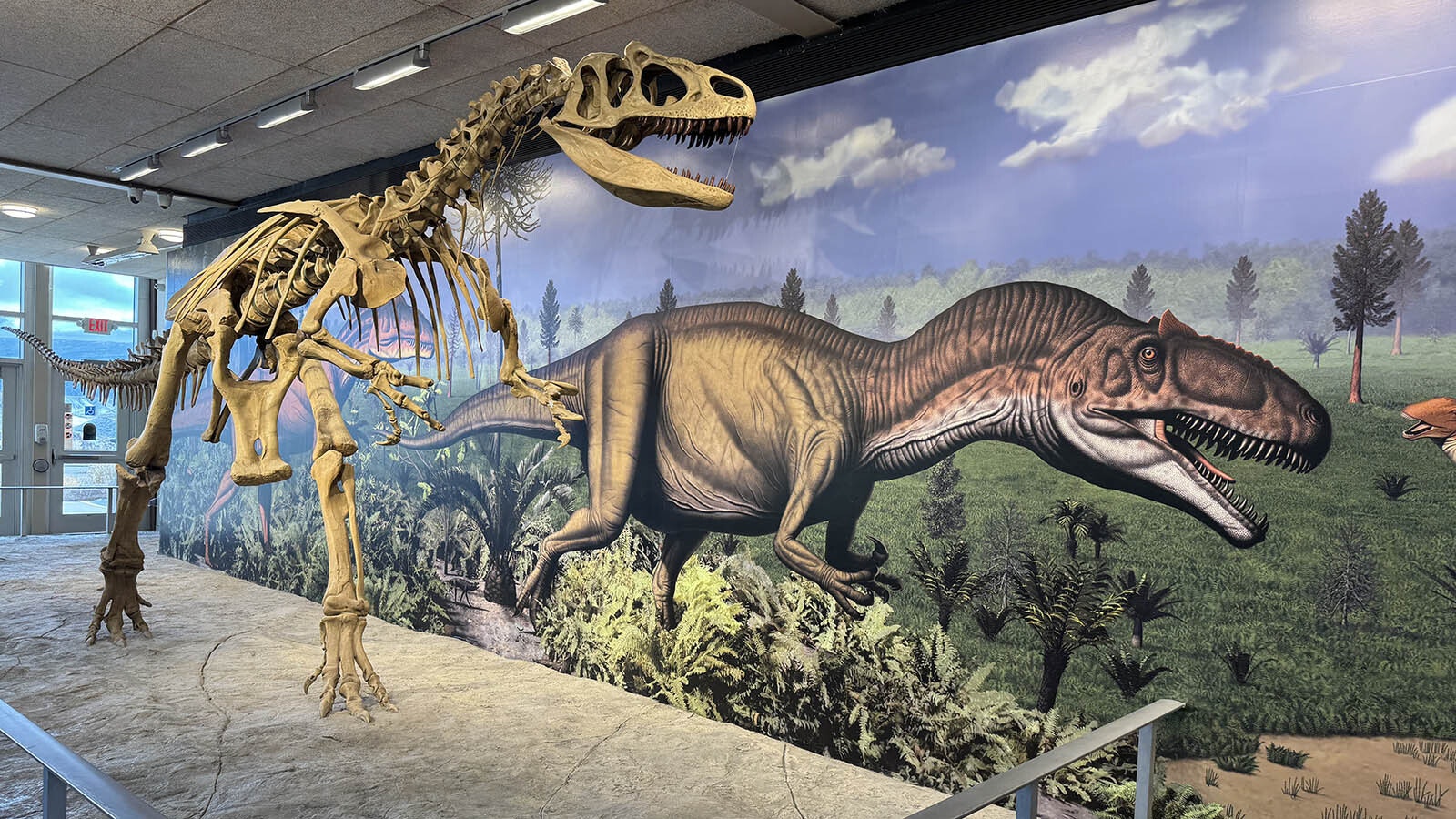The town of Jackson is nestled in Western Wyoming amid the peaks of the Teton Mountains and at the doorway to two of the country’s most beloved national parks.
It’s this isolated, rugged beauty that makes the Jackson Hole region a draw for tourists, outdoor recreationists and ski enthusiasts who flock to the mountain resort of the same name. But those same qualities have made Jackson a uniquely difficult place to address the homeless population, which has become more and more visible in recent years as income inequality in the area grows.
According to estimates from the U.S. Department of Housing and Urban Development, 639 people in Wyoming were homeless in 2018. Though it’s a sharp decrease from 2012, when estimates hit a high of 1,813 homeless statewide, the difference is likely because HUD revised its definition of homelessness that same year. The revision meant individuals had to be without permanent housing for 14 days in order to be considered homeless — previously, the requirement was seven days.
Teton County officials estimate there are between 30 and 50 homeless individuals in the county.
There are limitations on the HUD numbers — aside from the agency’s broadened definition of homelessness, its numbers come from an annual “point-in-time” count of homelessness that takes place at the end of January. In Wyoming, that’s when homeless numbers are at their lowest because of the state’s harsh winter weather.
“Our homeless population is very much driven by our weather here,” said Jackson Police Chief Todd Smith. “As spring comes, we will have this small migration of people living that similar (homeless) lifestyle elsewhere.”
In October, when the fall chill settles in, some of the area’s homeless head elsewhere, Smith said.
Karla McClaren, program director for the Wyoming Homeless Collaborative, said the January timing for the count does have its advantages.
“The weather brings more people (into shelters) because they’re more likely to ask for services when it’s cold out,” she said.
Still, it’s clear that Jackson and other Wyoming cities experience what homelessness researcher Robert Marbut called the “summer surge.” Earlier this year, the Wyoming Department of FamilyServices’ Homelessness Program hired Marbut as a consultant to analyze the state’s most pressing issues with homelessness and recommend solutions.
Jackson was among the 10 cities Marbut visited.
According to Marbut’s report, homeless populations grow by 15 percent to 30 percent during summers in Wyoming. In Jackson, that’s largely driven by tourism and seasonal workers, many of whom sleep in vehicles or “couch surf,” according to police Chief Smith.
“The housing insecure … that number is quite high,” Smith said. “In the summer it could be a couple hundred people or more, but it’s kind of hard to tell sometimes. Someone could do the simple math and say there are more people here than homes to put them in.”
Smith puts the number of “traditional homeless” between 50 and 100 people. That’s the individuals using homeless shelters or camping on public land, sometimes called the chronically homeless population. Smith said many of Jackson’s chronically homeless struggle with mental illness, substance abuse or some combination of the two.
As competition for Jackson’s scarce housing resources grows, those chronically homeless have become more visible, Smith said. This summer, the number of homeless people camping in Karns Meadow, a nature preserve southwest of the city’s center, dramatically increased, causing concern.
“There have been people camping there since I started policing here nearly 30 years ago,” Smith said.
This year, Smith said, more chronically homeless people set up campsites at Karns Meadow after being driven from another site north of town that has since been developed as an apartment complex.
“Places where someone could live undetected, those are going away,” he said. “In essence, they’re being displaced.”
Because Teton County is home to Grand Teton and Yellowstone national parks, much of the county’s land — 97 percent — is owned by the federal government.
“That 3 percent (of private land) is highly coveted,” Smith said. “So it’s more likely to become condos or mountain mansions than affordable housing.”
There is a push for affordable housing in the area, but those efforts don’t address the chronically homeless. Instead, they focus on housing for lower- and middle-class families unable to find homes in Jackson due to the income disparity in the area, which the Economic Policy Institute said is the worst in the country.
The entities in Jackson that do serve the traditional homeless population are few and far between. The city has a single homeless shelter, the Good Samaritan Mission, which has limited resources.
It houses only single men and women over the age of 18. There are 26 beds for men and five for women, as well as a few overflow beds. This year, said the mission’s executive director Chuck Fidroeff, the shelter has seen an unusual mix of people seeking shelter.
“We never turned a woman away from this place, and then in June we had to say no to 10 women,” he said. “But we didn’t have to say no to any men.”
In addition, the mission has stringent requirements for guests.
“It’s a working mission,” Fidroeff said. “If you stay here longer than two days, you need to have a job. We’re not here to be a flophouse.”
Both Smith and Fidroeff said jobs, particularly those in the service industry, are easy to come by in Jackson. Even entry-level jobs pay about $15 an hour, according to Fidroeff.
“If you can’t get a job in two days, you’re basically unemployable,” he said.
Guests pay $12 per night to stay at the mission — about $375 to stay for an entire month. Showers cost $1. Guests must also be sober, and Fidroeff, himself a recovering alcoholic, offers an alcohol counseling program. Anyone going through counseling is able to waive the job requirement for 30 days.
Smith said some of the area’s chronically homeless aren’t willing to follow those rules.
“There is a belief that if there is an open bed (at the mission), a homeless person will choose to use it,” Smith said. “That isn’t always the case.”
Instead, those people will find their own shelter, sometimes creating campsites like the ones in Karns Meadows. Many cities in the west have found themselves in limbo on how to address such camps.
In April, the 9th Circuit Court of Appeals ruled in favor of several homeless people who sued the city of Boise, Idaho, in a case known as Martin v. Boise. The homeless argued that being ticketed for camping in public when they have nowhere else to go is cruel and unusual punishment. City officials asked the Supreme Court of the United States to hear the case, and the SCOTUS is set to decide whether to do so on Dec. 6.
Smith said it makes sense to leave the campsites alone as the case continues.
“I kind of take the stance of … why move these folks along when this could become the law of the land?” he said.
No matter how Jackson moves ahead, it won’t be easy. Marbut, the homelessness consultant, offered a series of recommendations to the state to combat its housing issues, and said Jackson in particular should focus on new housing opportunities, such as traditional housing. While the city wrestles with those options, it will no doubt continue to be a hotbed for the summertime housing insecure and chronically homeless alike.
“People choose to stay here because it’s beautiful,” Smith said. “If you had to wake up here or wake up somewhere with a bleak view, of course you’d choose this place.”

